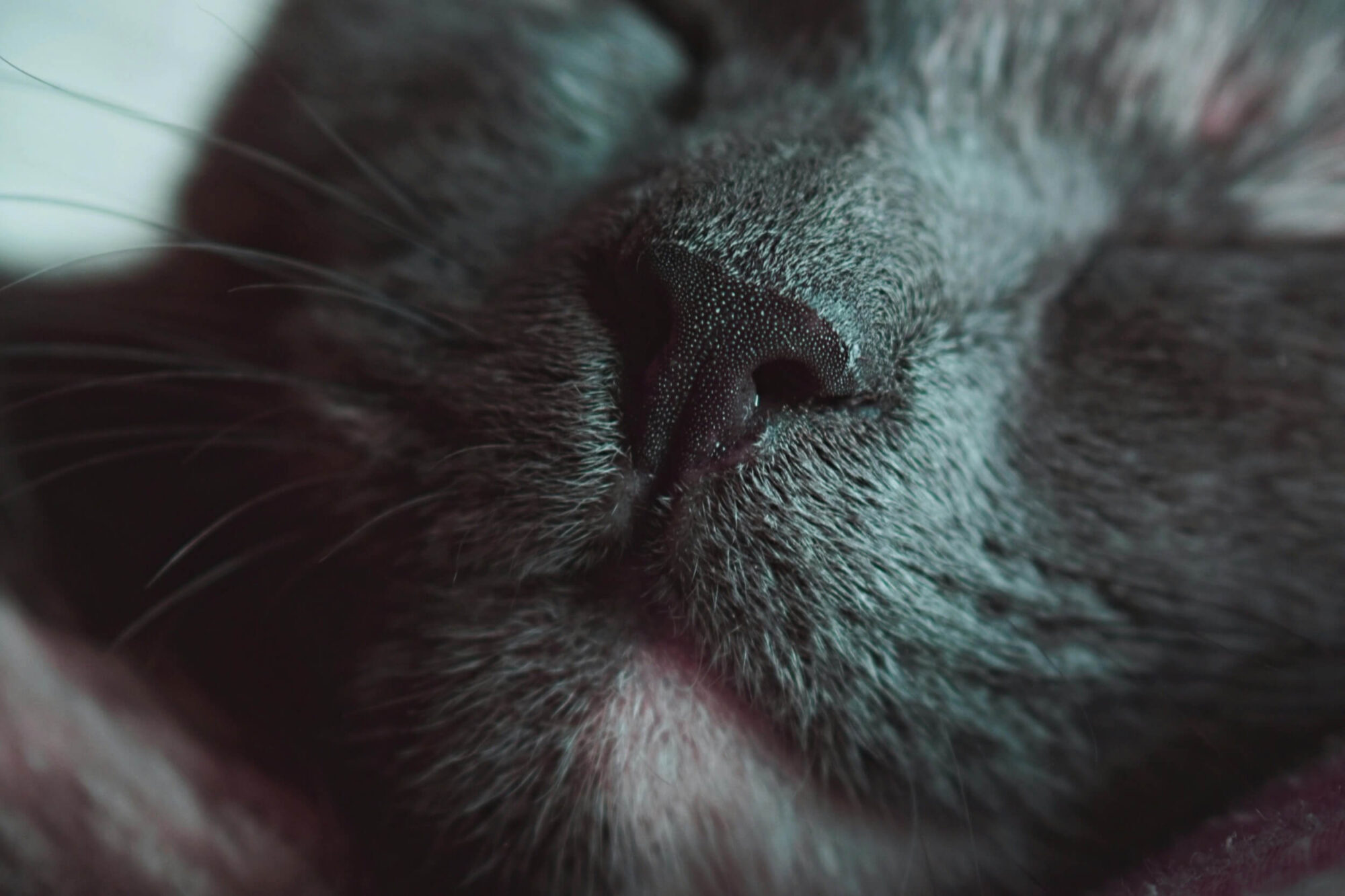At the moment we’re getting calls and emails on a daily basis asking us to help with rehoming cats – we take as many as we can but, like all rescues, we’re snowed under.
All our foster homes are full and we have a long waiting list of cats to come in, with the average wait being about 3 months. We don’t cherry pick our cats – we will take them all but urgent cases do jump the queue – pregnant cats, nursing mums with kittens and litters of kittens come first.
If you have a stray cat – please try adding a paper collar and knocking on local doors before getting it to a vet and check it for a microchip – they won’t charge and you don’t need an appointment.
With any luck your stray has someone looking for it. If you’re happy to feed a stray for a while we will take it as soon as we can – they are high on our list of priorities.
Please send us an email with as much information about any cats and kittens that need our support. Approximate ages, conditions, colours, and locations, and circumstances is very helpful.
We’ll follow up with you as soon as one of our volunteers is available to help.
If a cat is injured or unwell, please make sure to take them straight to a vet.

Our website uses cookies for analytics, styling, and functional purr-poses. By accepting cookies, you'll get the paw-fect version of our website - and we'll be able to process some of your data to make that happen.